It's 9 a.m. on Miyajima, the sacred island just a five-minute ferry ride from Hiroshima. Along the Omotesando shopping street, the restaurants and souvenir stores are opening for another day. The covered street resounds with the clatter of metal blinds being rolled up.
The gods still dwell on Miyajima, some folks say. It's one of Japan's "Top Three Beautiful Views" and home to the "floating" shrine of Itsukushima, a World Heritage Site. Yet for the people of Hiroshima, it's the food that keeps them coming back.
"Miyajima has four attractions," says student Maiko Takemura. "The great torii, the shrine, the view from Mount Misen and the food!" And Omotesando, with its endless eateries, is the best place to try Miyajima's delights.



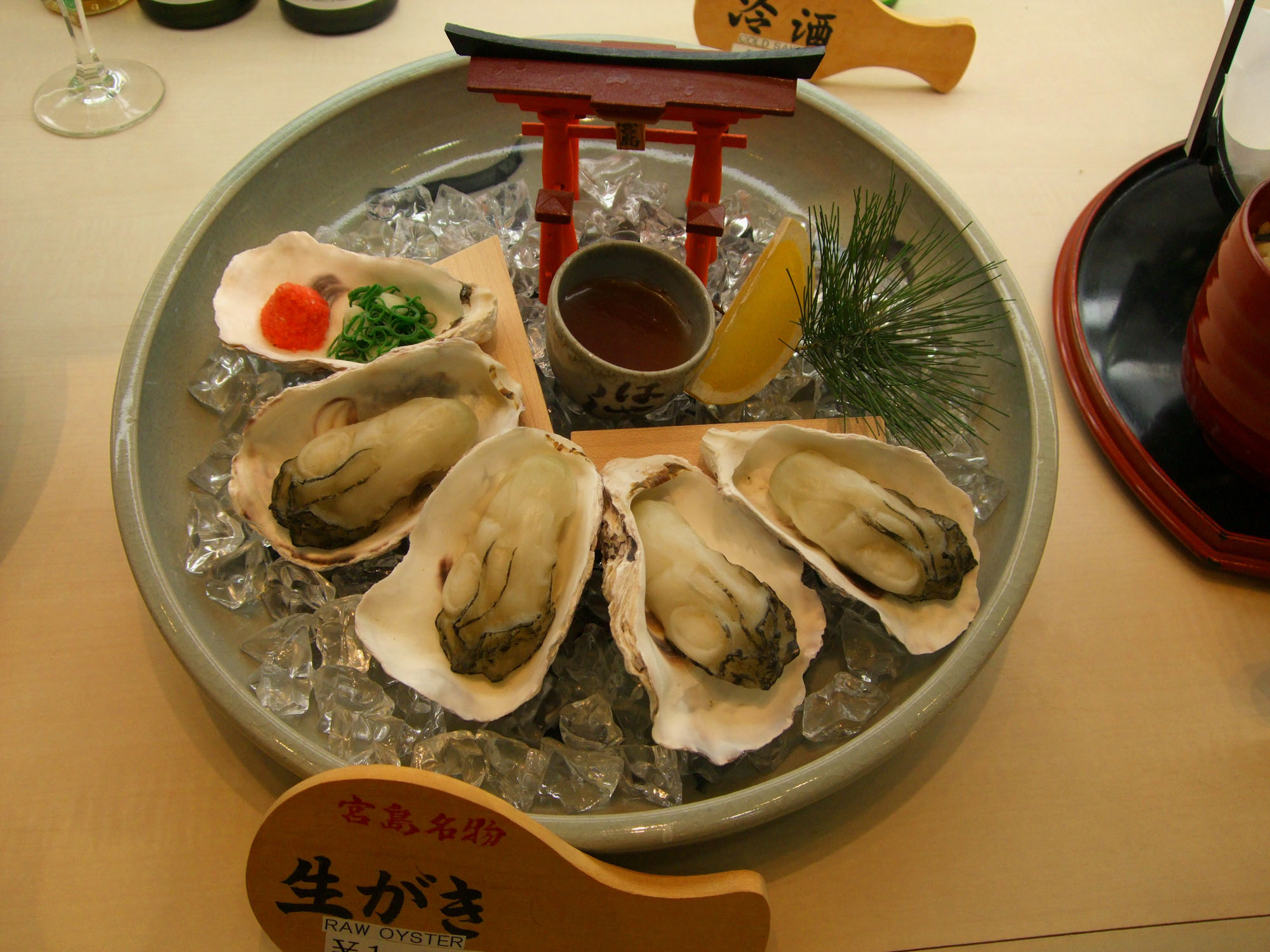
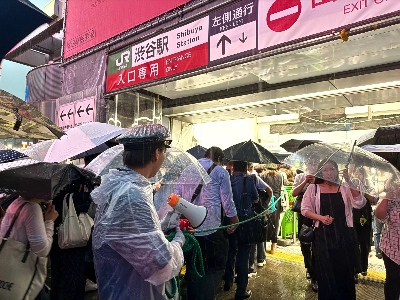
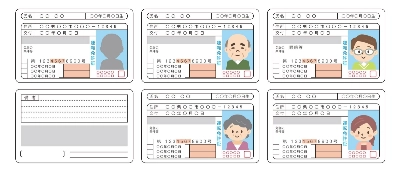


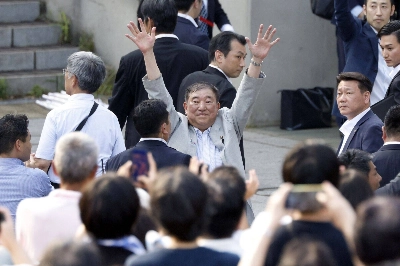








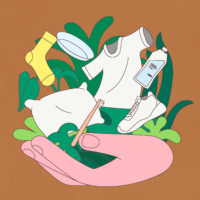

With your current subscription plan you can comment on stories. However, before writing your first comment, please create a display name in the Profile section of your subscriber account page.